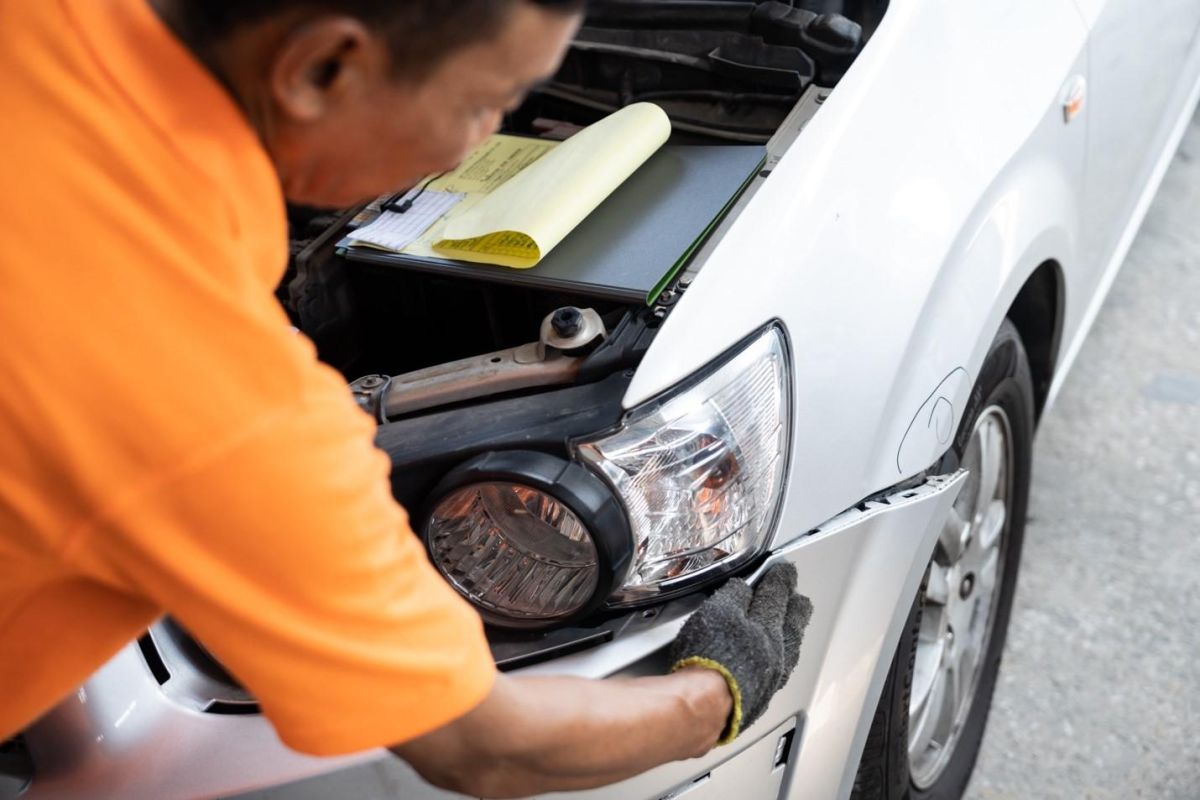The adoption of Advanced Driver Assistance Systems (ADAS) has dramatically increased over the past decade, leading to significant improvements in vehicle safety and driving convenience. Popular features, including adaptive cruise control, lane assist, automatic braking, blind-spot detection, and collision avoidance, all rely on properly calibrated ADAS systems driven by many complex sensors.
There are several different types of sensors that are key to the operation of ADAS capabilities, including Radar, LiDAR, ultrasound/SONAR, and cameras, to name a few. All these sensors operate simultaneously, allowing a vehicle to perceive the surrounding environment. There are pros and cons for each type, so many manufacturers have determined that multiple systems need to be used to maximize safety. While LiDAR and camera-based sensing methods require a direct line-of-sight to objects and hazards on the road, Radar and ultrasonic sensors can be painted, or hidden behind painted fascia components to avoid the use of unsightly cutouts. The use of radar and ultrasonic sensors behind painted layers means that special care must be taken to avoid the use of materials that can degrade sensor performance. Radar-related repairs are especially critical, since the radar systems have a much larger detection range and operate while the vehicle is moving at high speeds, compared to ultrasonic sensors which are mainly used for parking assistance. Collision centers must be aware of Radar and ultrasonic sensors because any repair in the vicinity of the sensor can decrease system performance, or in some cases, disable the sensor.
In the case of bumper repair, the first step is to locate the OEM procedures to determine if there is a sensor near the repair. If there is a sensor present, each OEM has a specific procedure on what can be done to that area. For instance, most OEMs do not allow plastic fillers to be used to repair a crack near a sensor, instead, it may be necessary to replace the entire bumper assembly. Additionally, the painter must ensure that they do not exceed the maximum film build allowed by the OEM. Once you have validated the film build, you will also need to confirm that the selected paint has been approved by the paint manufacturer and OEM for use over ADAS equipment.
Some OEMs list specific colors that can interfere with the Radar sensor performance, and are not allowed to be applied over the factory color. Colors that can decrease Radar sensor performance are usually silvers, golds and other colors with high concentrations of aluminum. Some manufacturers will allow one additional paint repair, while others specify a maximum total film thickness. Therefore, thickness measurement must be carried out prior to working on the bumper, and again after paint application. Finally, all OEM-specified calibration procedures must be performed to ensure proper sensor operation before the vehicle is put back into service.
There are also some general rules about ADAS on bumpers.
1. Use RADAR approved formulas. Some colors have RADAR approved formulas that have been approved by the OEM. If a color has a radar formula, it must be used when painting a bumper during a repair. These formulas have very strict tinting rules as well. In general, you cannot increase the percentage of aluminum or decrease the amount of binder.
2. Keep to the standard number of coats of paint. Use proper sealer shade or Valueshade when possible, to reduce the amount of color needed for hiding.
3. Do not blend over the top of a sensor. Always carry the color to completely avoid or cover over the sensor. Do not stop in the middle of the sensor area.
4. Mask the inside of the bumper to prevent scratches which could deflect or interfere with the sensor.
The importance of checking the OEM procedures and following these general rules cannot be stressed enough to ensure the vehicles are repaired safely and accurately.
For more information, visit axalta.com.




